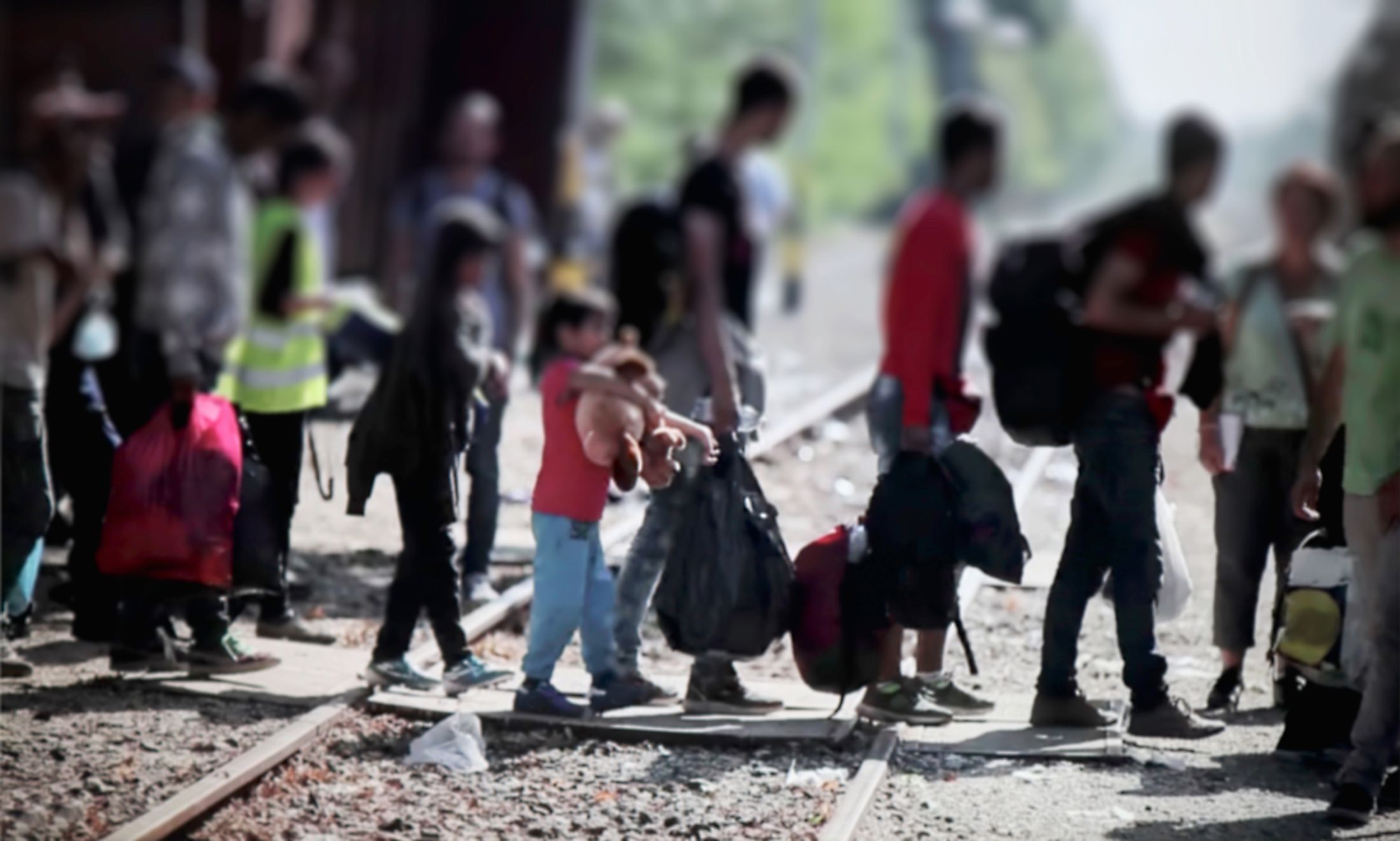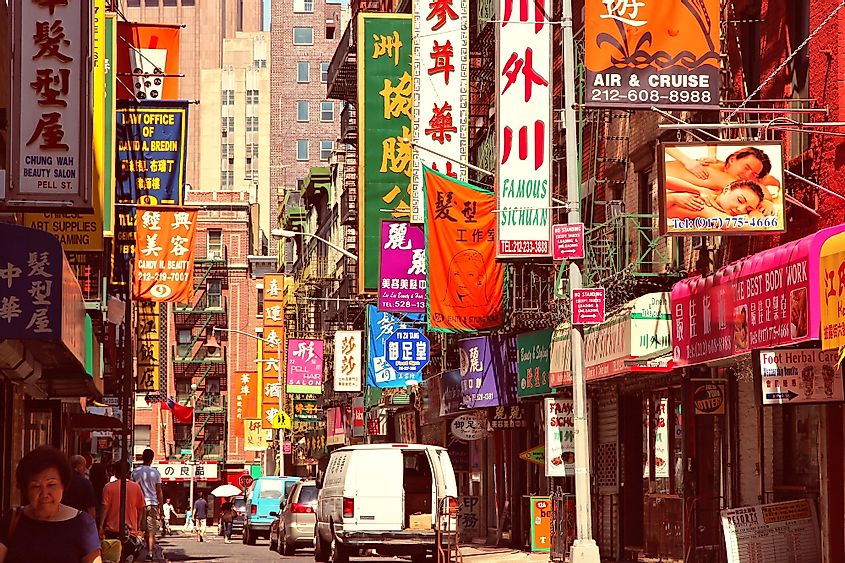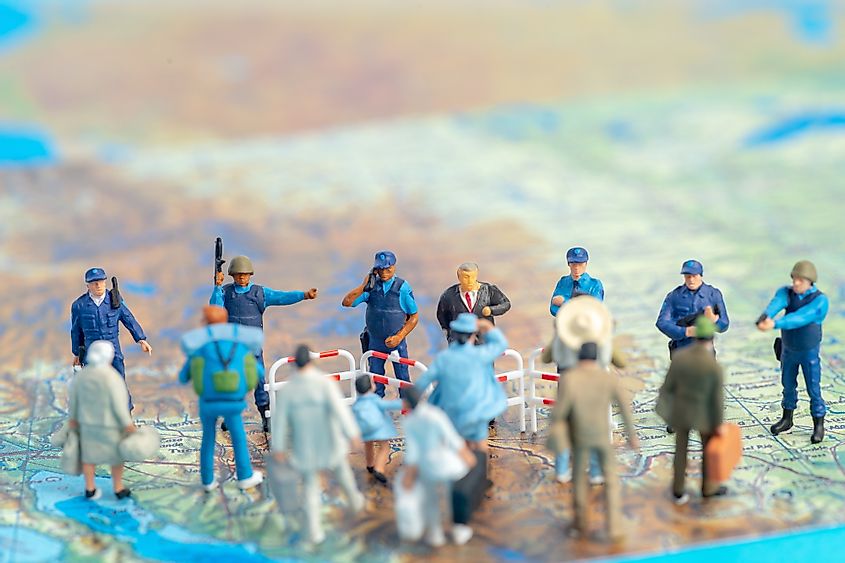
Chain Migration
The term chain migration refers to a social process through which people migrate from one place to another, either within a country or to another country. The migrants follow others, who have previously migrated after they learn of better opportunities. This is motivated by social relationships with those already in the preferred destination. Common sense dictates that human beings are likely to migrate to locations where people they know are already settled. Chain migration is a pattern witnessed in all countries in the world. In America, chain migration is experienced where green card holders or already confirmed American citizens invite their family members to the US.
History Of Chain Migration In America
American history is full of immigrants who used different strategies to enter, work, or live in the country. The social networks that led to chain migration include the mid-1800’s migration of Germans running away from chaos in Europe and Irish fleeing from Ireland. From the late 1800s to Early 1900s Some Jews migrated from Russia and Hungarian regions. In the same period, numerous immigrants from Italy and Japan moved to America to escape poverty. Chinese immigrants made it to America by using false documents after the Chinese Exclusion Act of 1882 barred them from entering America.
Ethnic Enclaves And Gender Ratios

Immigrants from specific ethnic groups settled in America and continued inviting more members thereby forming ethnic homogenous territories. Ethnic enclaves were built in regions with names such as “Little Italy” and “Chinatown”. The enclave led to some towns in the US and Brazil having settlers who spoke the only German language. Young, energetic and single men were the first to migrate to America and other places. Latter some invited their spouses. This led to more men than women in the new countries. Italian and Chinese men initially migrated to America in search of work but once they had money and met the legal requirements, they invited their families. There is an imbalanced sex ratio in most of the chain migration instances.
Effects Of Chain Migration
Chain migration leads to family reunification hence social structure is maintained. New settlers may provide cheaper labor or unavailable skills in a certain profession in the country they settle in. More effect is on the economy of the beneficially country or region due to increased manpower. However, the wrong type of immigrants in terms of behavior and skills proficiency may come in. Backlog in issuing of visa due to annual quotas may lead to illegal immigrants who cohabit with relatives as they wait for processing of visa. Immigrants may overwhelm the nation in terms of resources. Other problems such as language barrier, cultural erosion, racial, or ethnic discrimination or fear of job loss by citizens to emigrants may cause tension between immigrants and the locals.
Debate On Chain Migration In The US

After President Donald Trump took over, there was a raging debate on chain migration. Trump said he will work towards ending extensive chain migration by ensuring that only the immediate family members are considered for issuance of visa. During Trump’s maiden State of the Nation address, he called for merit-based immigration rules that would bring in only essential high skilled professionals. In this era of terrorism, it is only prudent to be vigilant. Stopping chain migration was one of the four pillars of the Trump administration.
Those arguing against the Trump view state that some immigrants have assisted build the economy. Others have nowhere else to call home. Though there are concerns that there are far too many people entering the US, the size and economy is large enough to accommodate them. Of the 34 million legal immigrants in America, two-thirds arrived through chain migration and have shown high levels of social integration into the American system.











